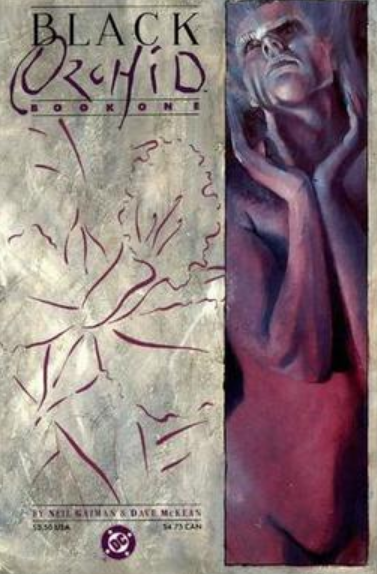
Writer Neil Gaiman and cartoonist Dave McKean were made to work together. This visionary tandem has some great graphic stories to its credit. One of them is the Black Orchid from 1988.

Neil Gaiman is the author of the acclaimed Sandman comic book series and creator of such significant novels as American Gods and The Good Omens (written with Terry Pratchett). Dave McKean is responsible for the graphics of the famous Grant Morrison Arkham Asylum, he has also been known as the creator of music album covers. Gentlemen find themselves perfectly in the world of darkness and horror, but they do not shy away from fairy-tale aesthetics.
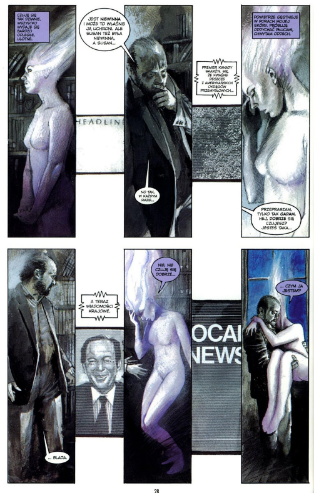
Neil Gaiman's work is full of amazing worlds and amazing mythologies, but the author is not used to forgetting about man and his everyday dramas. Dave McKean's style continues to baffle comic book fans and painting lovers alike. Photorealistic portraits live in symbiosis with expressionist splendor, leading into the depths of the tormented human soul. The gentlemen met on their artistic path in the eighties of the previous century. As you can guess, they quickly found a common language.
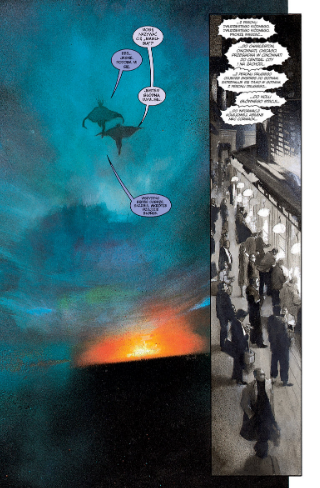
Black Orchid is one of the works that were entirely created by the Gaiman and McKean duo. While the former is quite a prolific artist, the cartoonist does not have too many comics to his credit. The illustrator is better suited to poster forms than to pop-up windows. This can be seen both in the Arkham Asylum, which is in the form of an album with art, and work on Sandman, where McKean only made the covers for subsequent editions of the story about Morpheus. The Black Orchid is an exception to his work. Reading the comic from 1988, however, one gets the impression that Gaiman is the master of ceremonies.
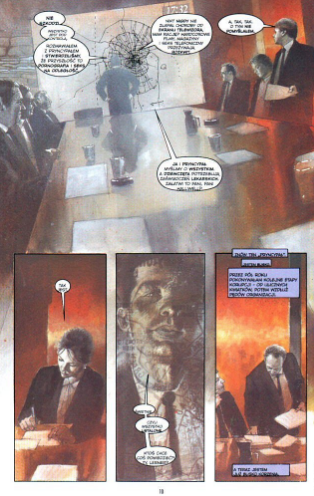
Black Orchid is the heroine of DC who, like Batman or Superman, fights against evil and vice. However, Neil Gaiman would not be himself if he had not opted for a surprising volt in her story. Well, heroin dies in the first pages of the comic. Of course, this is not the end of the story. We are quickly thrown into the ethereal world of nature, which has more to do with magic than with biology. The comic tells the story of two astonishing creatures with the appearance and memories of the murdered heroine. Women try to understand who they are. They travel through different locations and gain the knowledge they need to get to know themselves. On their path, they meet the characteristic figures of the DC world. Batman, Swamp Monster, Poison Ivy, Lex Luthor and the Mad Hatter appear in the comic. Each of them is only a stop on the way of the protagonists to a place where they will experience happiness and peace.
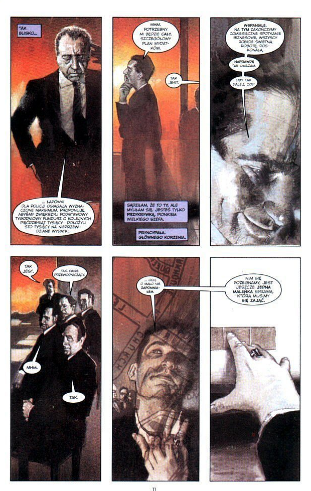
Neil Gaiman, in a style of his own, emphasizes moral themes at the expense of superhero aesthetics. The author succeeds on a dramatic level. Under the guise of fantasy and horror, we have a story about a woman in oppression, men oppressing her and an attempt to rebirth away from suffering. Dave McKean turns this down-to-earth story into a fascinating painting in which convention and metaphor lead the way. While reading the Black Orchid, we sail through colorful and ethereal worlds, carried by the fanciful style of the illustrator. At some points, however, you can feel that the balance between the plot and the visuals is shaken in favor of Gaiman. And this is basically the only complaint about the Black Orchid.
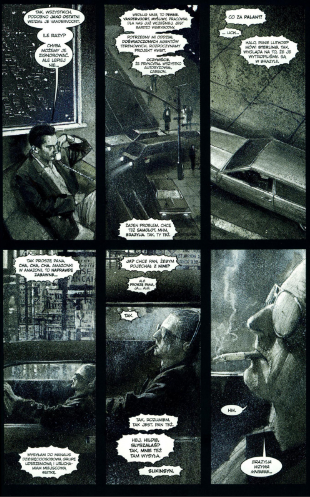
Congratulations @ambafatima! You have completed the following achievement on the Hive blockchain and have been rewarded with new badge(s) :
Your next target is to reach 6000 upvotes.
You can view your badges on your board and compare yourself to others in the Ranking
If you no longer want to receive notifications, reply to this comment with the word
STOPCheck out the last post from @hivebuzz:
Support the HiveBuzz project. Vote for our proposal!
Upvoted 👌 (Mana: 0/78) Liquid rewards.